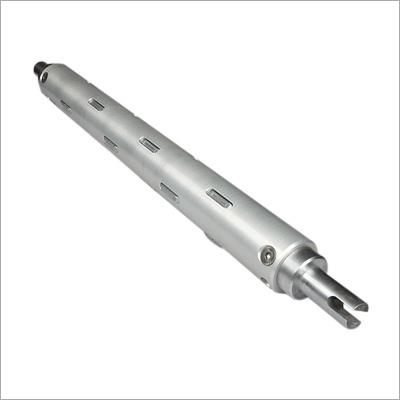Best Magnetic Base, Ball Screw etc, are served by us..
Spline Shaft
Price 15000 INR/ Billions Of Unit
Spline Shaft Trade Information
- Minimum Order Quantity
- 1 Container
- Payment Terms
- Cash Advance (CA), Cash in Advance (CID)
- Sample Available
- Yes
- Main Export Market(s)
- Asia
- Main Domestic Market
- All India
About Spline Shaft
This Spline Shaft is ideally used with grooves in a mating piece to transfer torque and maintain angular correspondence. It is widely used in vehicles to transmit power and to allow axial movement of components owing to their excellent torsional stress bearing capacity. Our offered shaft is manufactured under the guidance of ingenious professionals and thoroughly tested on various quality aspects in order to eliminate any defects before final dispatch. Spline Shaft is highly admired in market due to their unique attributes like sturdiness, easy to fit, dimensional accuracy and incredible strength.
Key Characteristics
-
The shaft's outer surface features a series of integral grooves or teeth, called splines.
-
These external splines fit into corresponding internal grooves of a mating component, such as a hub, gear, or bushing.
-
The interlocking splines lock the two components together, allowing for efficient transfer of rotational force (torque).
-
The multiple contact points of the splines spread the load, which reduces stress and wear compared to a keyed shaft.
-
Splines can have various forms, including straight-sided (like involute or serrated forms), which affects their function.
-
Some splined shafts are designed to allow for relative axial motion between the shaft and its hub, enabling linear movement.

Tell us about your requirement

Price:
Quantity
Select Unit
- 50
- 100
- 200
- 250
- 500
- 1000+
Additional detail
Mobile number
Email

 Send Inquiry
Send Inquiry



